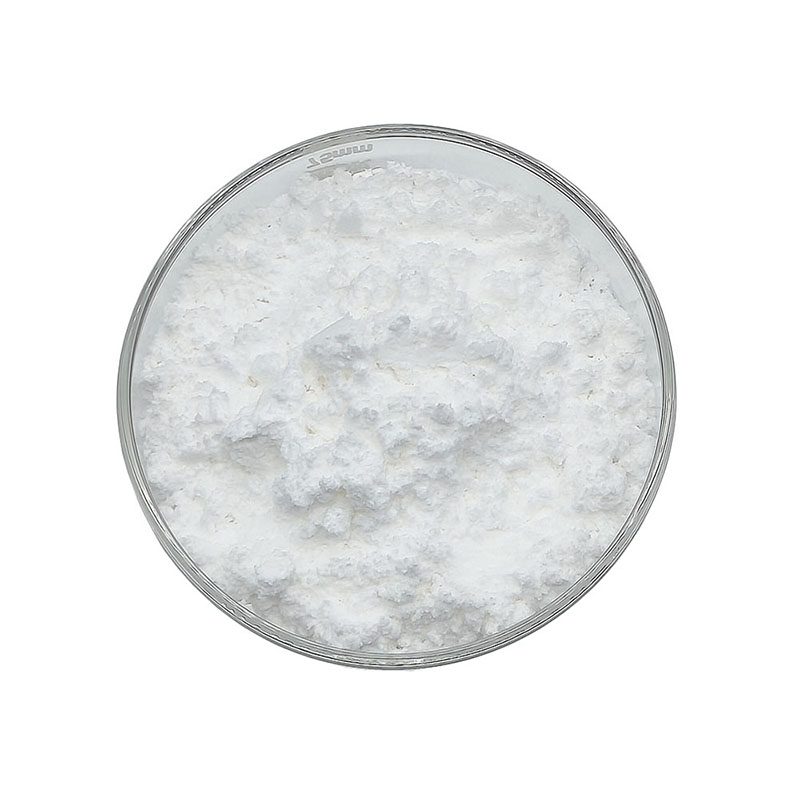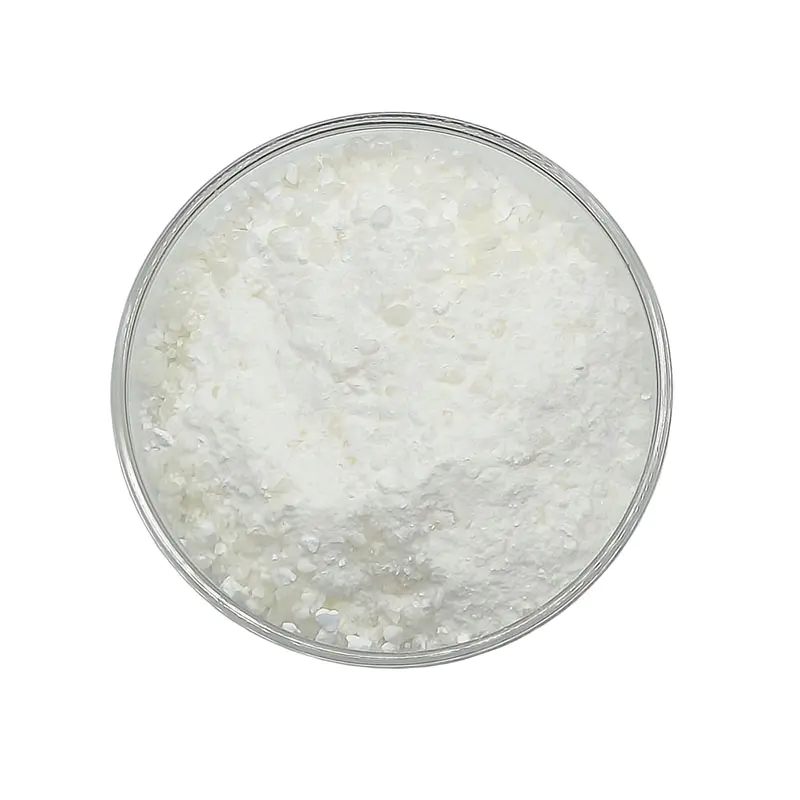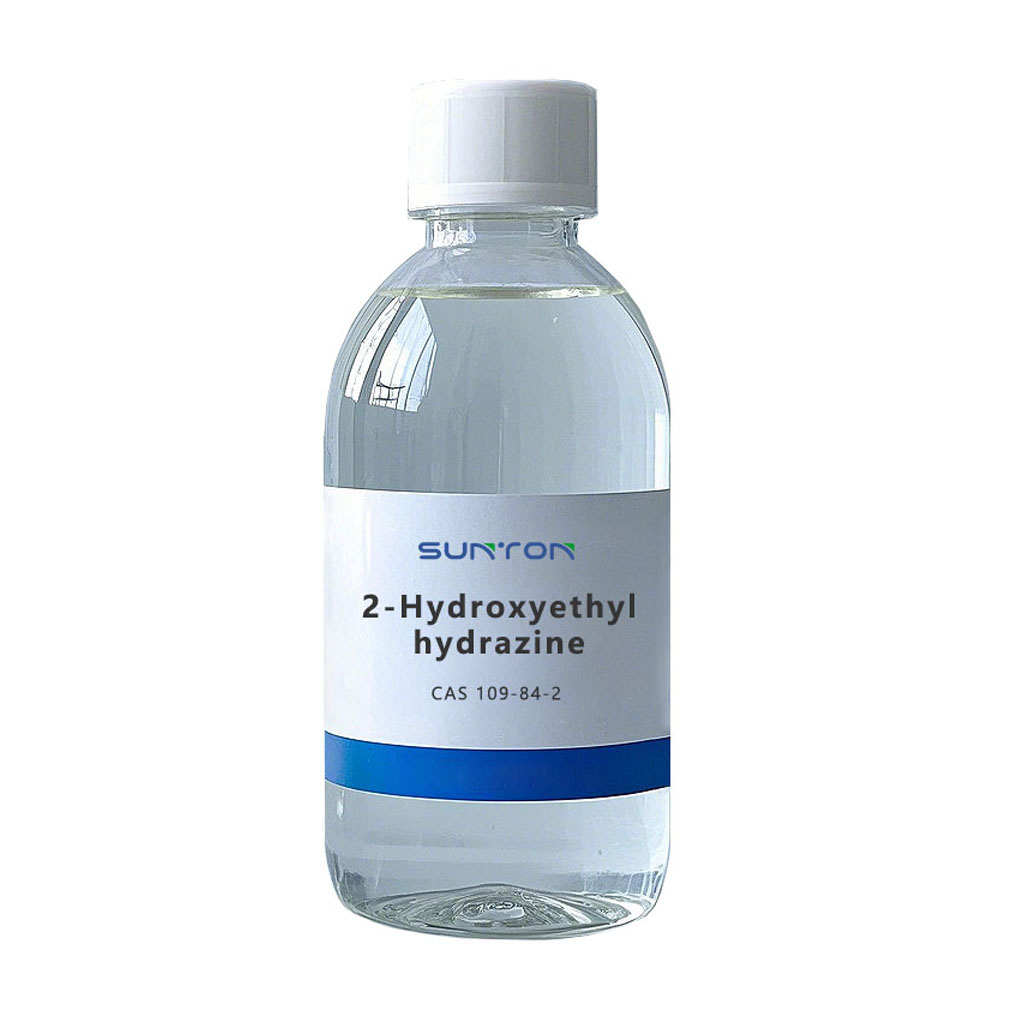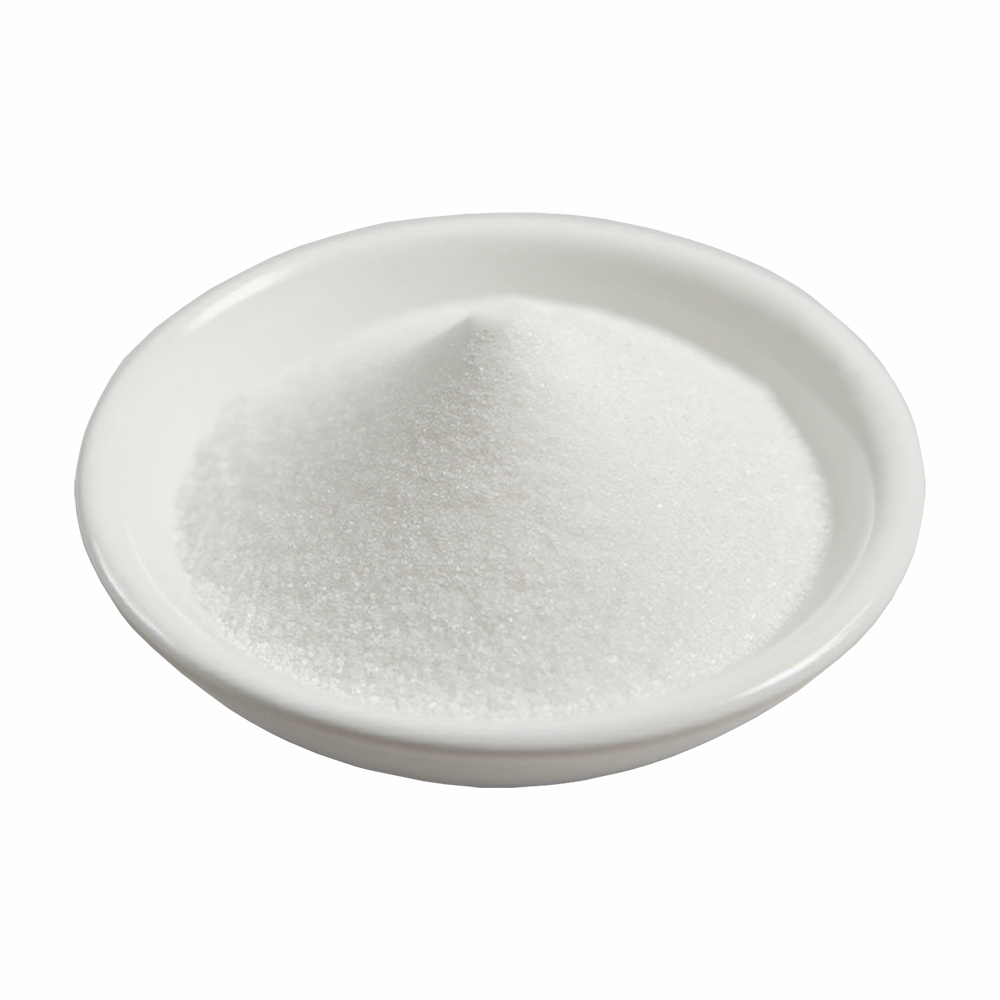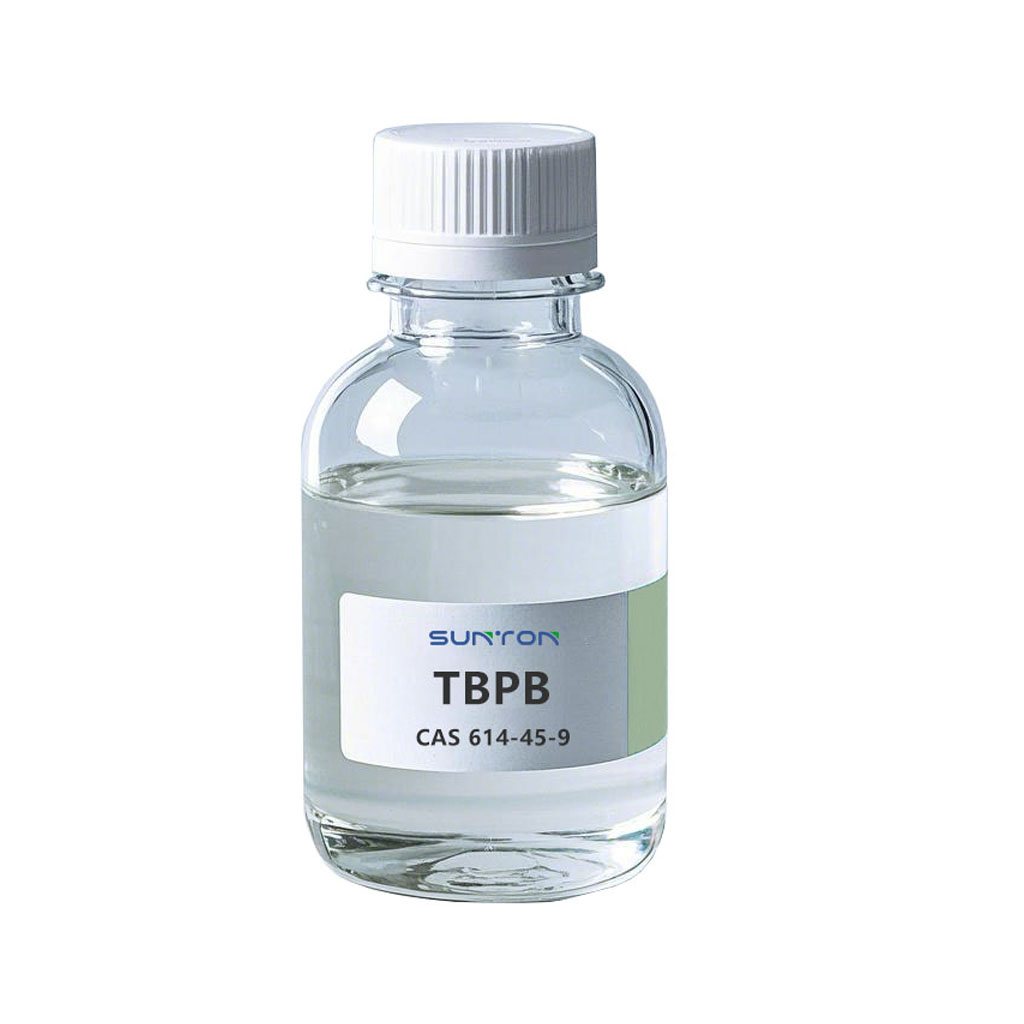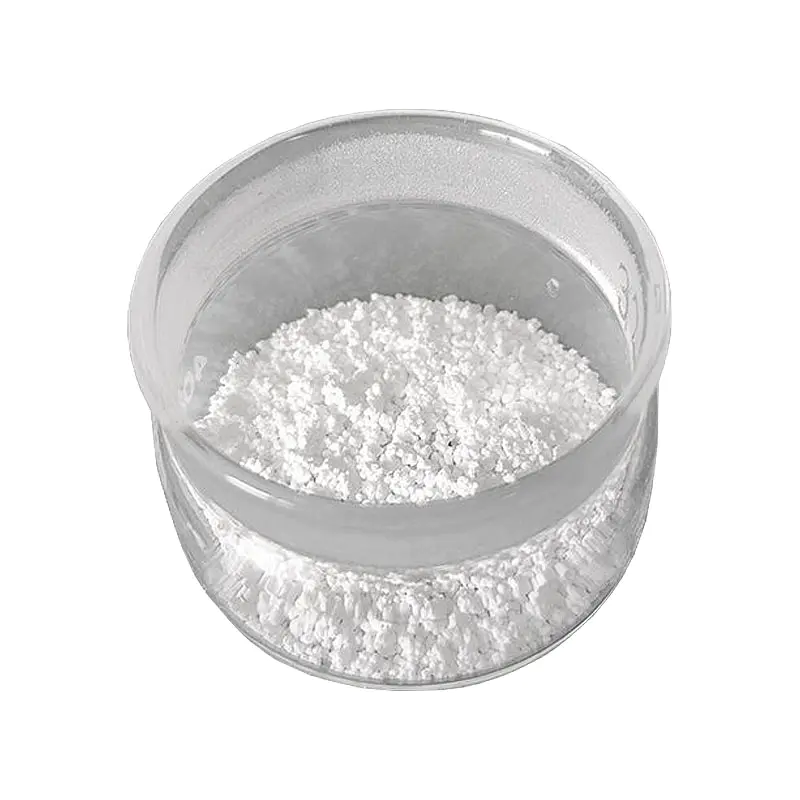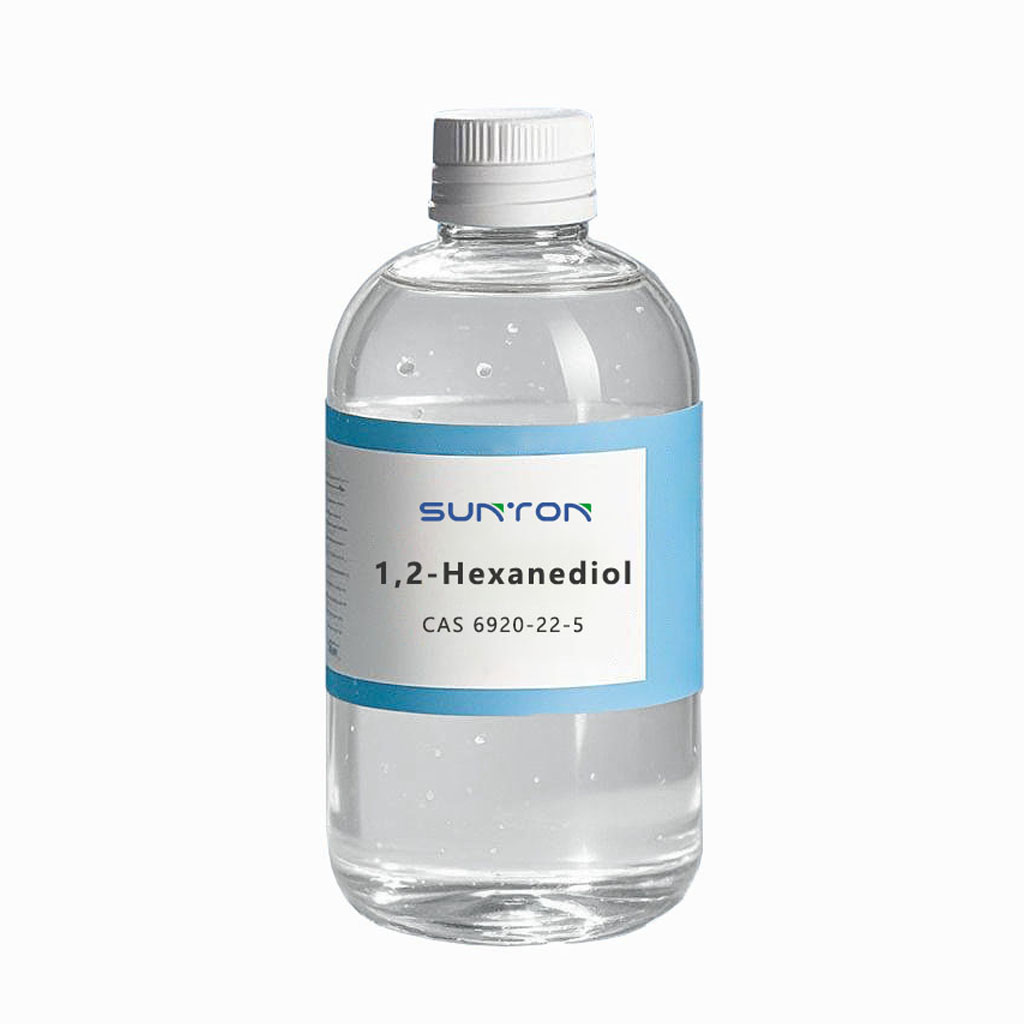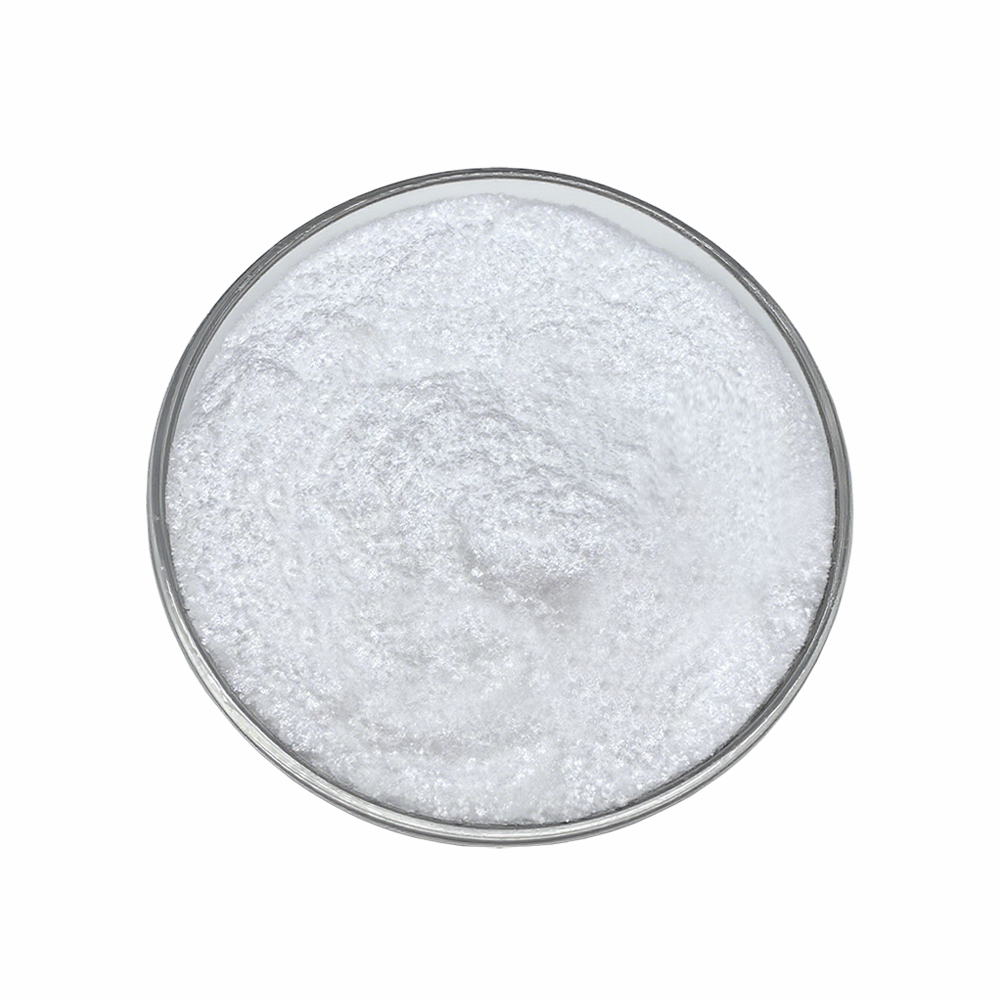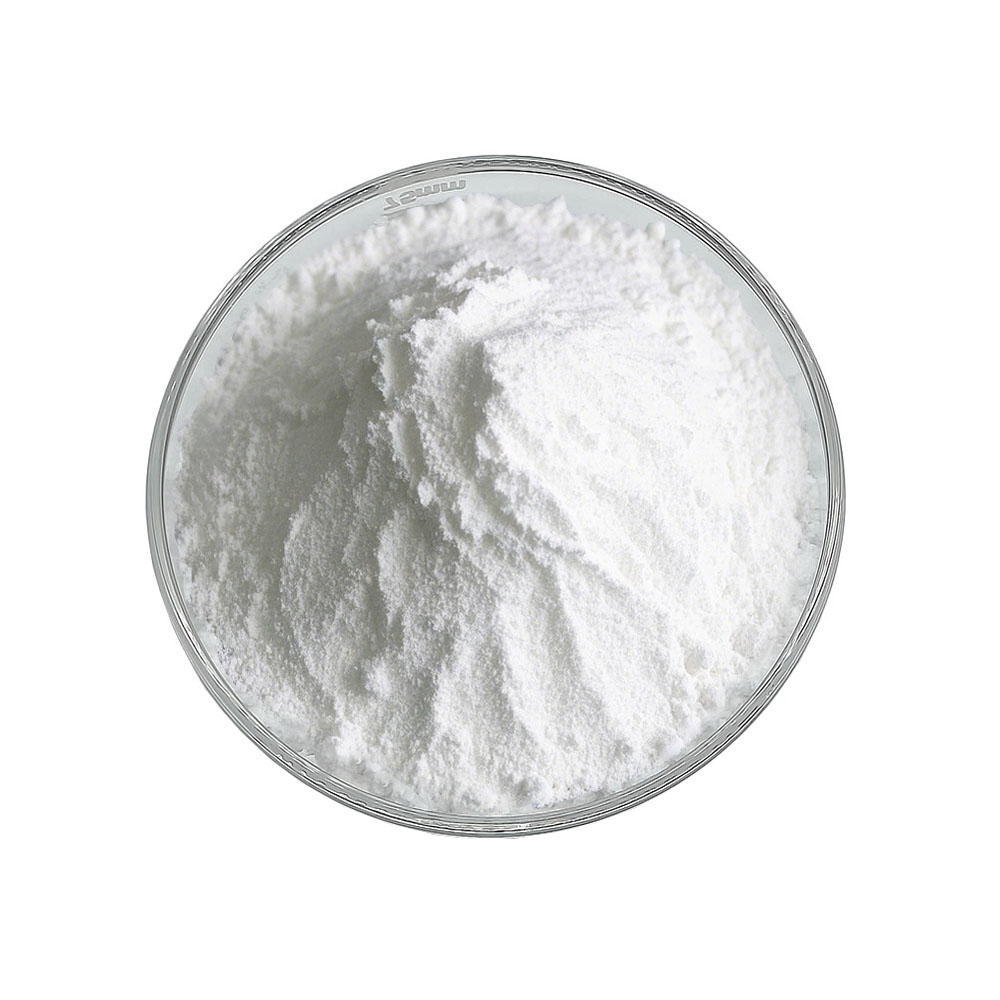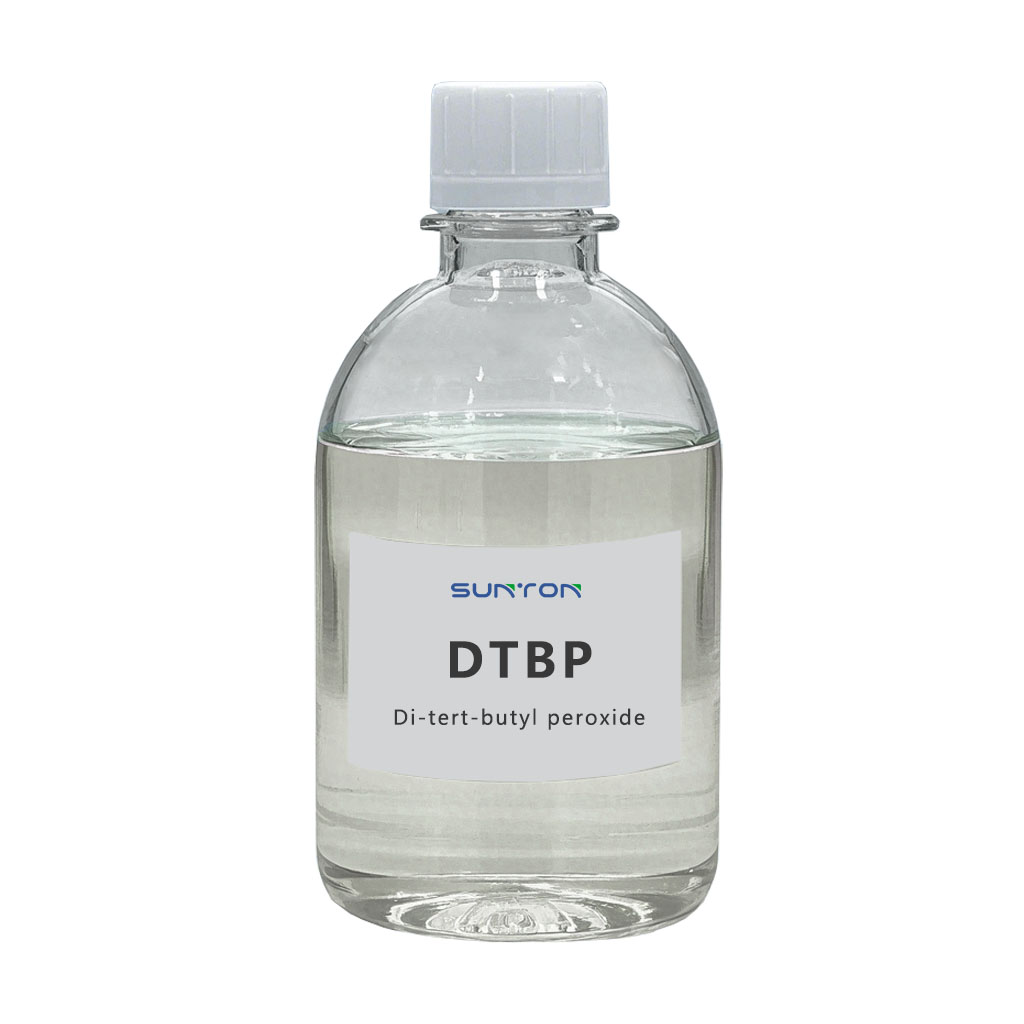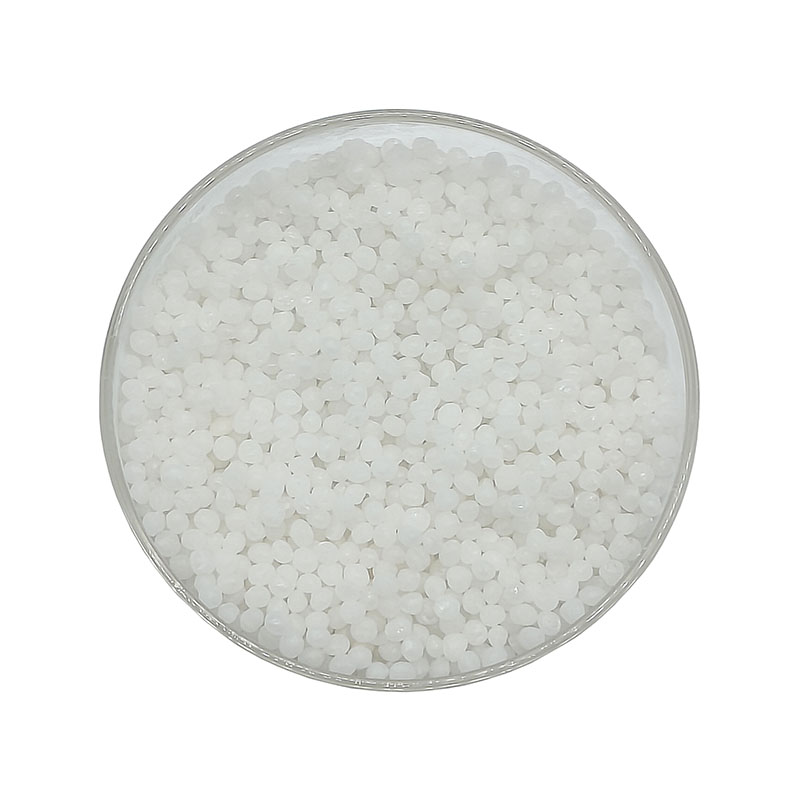Search By Posts
Product Category
Industry News
 By Admin
By Admin
How Do the Widespread Applications of Flame Retardants Truly Impact Our Health and the Environment?
Section 1: Enhancing Material Safety: Mechanisms and Application Fields of Flame Retardants
1.1 The Core Function and Classification of Flame Retardants
Flame retardants, serving as functional additives, are fundamentally valued for their ability to render materials resistant to combustion, effectively delaying the spread of fire and gaining critical time for occupants to evacuate during an emergency. Their working principles are diverse, generally falling into two main categories: inorganic flame retardants typically operate through physical means, releasing non-combustible gases or water vapor upon heating to dilute flammable gases and absorb heat, while simultaneously forming a dense, protective char layer on the material surface. Organic flame retardants , conversely, often function by chemical means, primarily by capturing the active free radicals generated during combustion, thus breaking the chain reaction necessary for sustained burning and inhibiting the flame. It is precisely these ingenious mechanisms that allow flame retardants to permeate every aspect of modern life.
1.2 Flame Retardants in Critical Industrial Sectors
The application of flame retardants is particularly critical in the electronics industry where circuit boards are densely packed and prone to overheating during operation, making a fire a catastrophic possibility. To mitigate this severe risk, stringent standards necessitate the incorporation of flame retardants into circuit boards, plastic enclosures, and even connecting cables. This ensures the stability and safety of the equipment during use, forming a vital component in safeguarding consumer property and lives. Besides electronics, they are also indispensable in plastics used in transportation and textiles for home furnishings, where safety standards are paramount.
Section 2: Health and Environmental Considerations: Halogen-Free and Novel Technologies
2.1 The Rise of Halogen-Free Flame Retardants and Associated Concerns
For a considerable period, halogenated flame retardants dominated the market due to their excellent fire suppression efficiency. However, with the deepening of environmental science and public health research, it became clear that traditional halogenated flame retardants could release toxic and harmful substances during burning or disposal, posing potential threats to ecosystems and human health. This awareness has driven the industry's rapid transition towards more environmentally benign alternatives, making the health effects of halogen-free flame retardants a major focus. The emergence of halogen-free flame retardants is a direct response to this concern; they primarily employ phosphorus-based, nitrogen-based, or metal oxide systems, significantly reducing the generation of harmful substances during combustion while still achieving effective fire resistance. Researchers and manufacturers are continuously investing resources to enhance the performance of these non-halogenated substitutes, ensuring they are safe for both those exposed to them and the environment while maintaining high fire safety standards.
2.2 Exploring Innovative Technologies in New Environmentally Friendly Flame Retardants
Furthermore, a wave of new environmentally friendly flame retardant technologies is constantly emerging. These innovations include dispersing flame retardant substances in polymer matrices using micro- or nano-scale encapsulation techniques, or developing intumescent (swelling) flame retardant systems. These cutting-edge technologies not only improve the compatibility between the flame retardant and the base material, allowing for a reduction in the required additive amount, but also ensure the material maintains durable fire resistance even in extreme environments. This provides the industry with a more sustainable and high-performing set of solutions.
Section 3: In-Depth Analysis of Sub-Sectors and Future Trends
3.1 Cornerstone of Building Safety: The Application of Inorganic Flame Retardants
Among all application sectors, the field of construction materials , which is vital for structural safety, imposes particularly strict requirements on flame retardants. Here, inorganic flame retardants play a foundational role. Compounds derived from natural minerals, such as aluminum hydroxide and magnesium hydroxide, are widely used in cables, coatings, and insulation materials due to their advantages of being non-toxic, producing low smoke, and having relatively moderate costs. They rely on endothermic dehydration reactions to cool the burning area and dilute the oxygen concentration. This purely physical mechanism of fire retardation is irreplaceable in ensuring the fire safety of large-scale buildings.
3.2 The Green Textile Challenge: Alternative Solutions for Flame Retardant Treatment
Simultaneously, in the more frequently encountered textile industry , there is a subtle balancing act between the need for fire resistance, wearing comfort, and environmental compatibility. Consequently, the industry is actively seeking alternative solutions for textile flame retardant treatment . These alternatives involve utilizing fibers that are naturally flame-resistant or developing novel flame retardants based on biomass. For instance, certain treatments based on phosphate esters or surface modification using nanotechnology can impart the necessary fire resistance without significantly compromising the fabric's feel and breathability, meeting the dual demands for safety and sustainability in furnishings, apparel, and vehicle interiors. Collectively, these trends signal that the flame retardant industry is steadily progressing towards a future defined by high efficiency, low toxicity, and environmental friendliness .


 English
English 中文简体
中文简体
